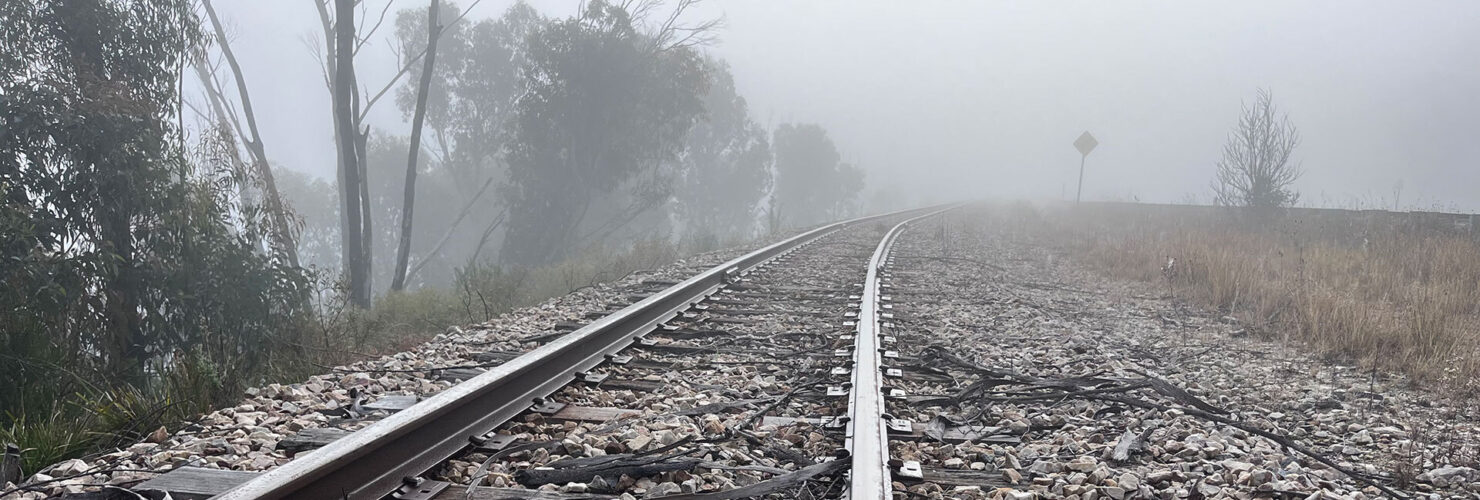Tuesday, August 20, 2024
ONRSR on iTRACE and the Role of Harmonisation
Each year, ONRSR’s annual Rail Safety Report provides a comprehensive statistical analysis of the Australian rail industry. Among the many data sets included in the report are some that relate to equipment malfunctions or infrastructure failure.

In 2022-2023, the report demonstrates that such occurrences resulted in derailments across the light and heavy rail passenger and freight networks, collisions between rail vehicles and runaways. These are obviously occurrences we want to see reduced, and from the ONRSR perspective this is one area where the industry stands to benefit from a long-held desire to introduce harmonised initiatives.
Right now, rail transport operators across the country have their own bespoke asset records and these often paper-based manual inventory and asset management systems, used in many parts of industry, are slow, error-ridden and costly to maintain. While some operators have made the move toward electronic systems, again these are purpose built and don’t allow for simple sharing of information across the supply chain.
It’s hard not to form the view that the Australian rail industry isn’t taking full advantage of modern, digital technologies to address incidents that may be caused by faulty parts or components through better understanding of exactly where these are and in what number they exist.
In 2016, the Australasian Railway Association (ARA), in consultation with industry, took an early step in national harmonisation when it agreed the rail industry would adopt a common approach to the identification of parts, components and assets across the rail industry. This led to the establishment of a joint ARA/GS1 initiative called Project iTRACE, where global GS1 supply chain standards are applied to item part marking, tracking and tracing. Under Project iTRACE, parts, components and assets will each have their own unique identification. This information will be on a barcode on the part, component or asset which will, through a simple electronic scan, provide access to a raft of material and master data including the maintenance history of the part.
ONRSR is supportive of renewed efforts to implement Project iTRACE at an accelerated rate across the rail industry. Similar projects, using GS1 standards, are well advanced across Europe with the French Government recently signing a contract extension with the manufacturers and national operator to encourage the implementation of GS1 standards in that country by 2027. The new contract places particular emphasis on the modernisation and digitalisation of the industry, the attractiveness of the railway sector in terms of jobs, and harmonisation of the sector.
When conducting audits or investigations, ONRSR often requires efficient access to the data and maintenance history associated with parts and components. The ability to access digital standards-based data through a simple barcode scan will be a major step forward with scanning of the barcode providing a fast and fault proof way of examining all major parts and components. In an investigatory sense, ONRSR can enhance its ability to identify parts that may have led to an incident quickly and, by sharing information across industry, highlight other installations of potential faulty parts.
Unique and unambiguous identification of rail parts and components using an industry standard is critical for not only rail’s supply chain functions but has the added benefit when managing other key activities such as part and component type approval. The recent work undertaken by Transport for NSW and Victoria’s Department of Transport and Planning can be enhanced through the implementation of Project iTRACE standardised identification and for ONRSR, this will allow faster and more accurate identification gathering of critical data in a digital and harmonised format.
Project iTRACE Standards, developed together with the rail user community, will also allow industry and ONRSR to better verify maintenance management records of infrastructure or rolling stock components. ONRSR sees Project iTRACE as a significant initiative in the provision of improved analytics and incident investigations as well as establishing a foundation for safety-relevant information exchange among operators.
ONRSR understands more than 100 leading rail suppliers, operators, manufacturers and solution providers are already on track to implement Project iTRACE and is confident it is a great example of how a harmonised approach can enhance safety outcomes across the industry.